Worlds highest telescope TAO looks up for the first time
Wednesday, May 15, 2024
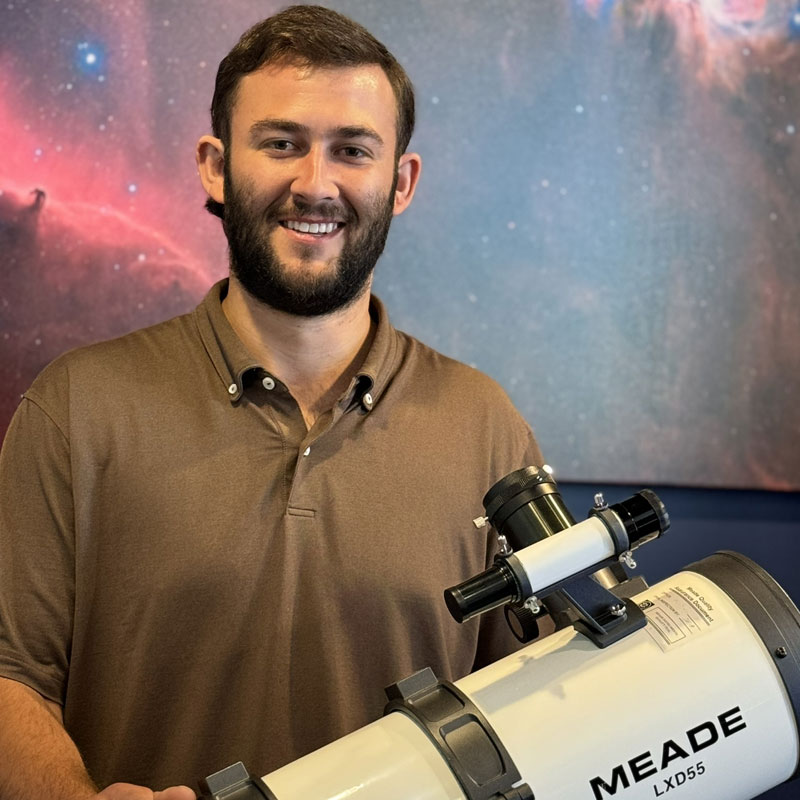
|
Freeman Lightner |
Japan has unveiled the world’s highest telescope, the University of Tokyo Atacama Observatory (TAO), perched atop Chile's Cerro Chajnantor at 18,504 feet. TAO's unique location enables unprecedented mid-infrared astronomical observations.
Japan recently inaugurated the University of Tokyo Atacama Observatory (TAO), situated atop Cerro Chajnantor in northern Chile's Atacama desert at an elevation of 18,504 feet (5,640 meters). Achieving its "first light" this week, TAO is a 6.5-meter aperture telescope funded in part by the Japanese government, designed to observe infrared light. It is uniquely capable among ground-based telescopes of capturing mid-infrared wavelengths clearly, a feature generally limited to space telescopes.
TAO's high altitude is essential for its operation, allowing it to observe wavelengths such as radio, infrared, visible, X-ray, and gamma-ray. This positioning above much of Earth’s atmospheric water vapor enables it to detect both infrared and visible light effectively. The site also boasts minimal light pollution, a rare advantage for professional telescopes, and is located just three miles from the ALMA radio telescopes.
TAO Project: From launch to completion and upcoming scientific observations (1998-2025)
The establishment of TAO marks the culmination of 26 years of development and is expected to significantly advance astronomical research. Its capabilities allow for in-depth studies of celestial phenomena, including the regions around stars where planets form and the properties of cosmic dust.
"It contains state-of-the-art optics, sensors, electronics, and mechanisms, but the uniquely high altitude of 5,640 meters is what gives TAO such clarity of vision. At that height, there’s little moisture in the atmosphere to impact its infrared sight," explained Yuzuru Yoshii, an emeritus professor and the principal investigator of TAO since 1998.
"Construction on the summit of Cerro Chajnantor was an incredible challenge, not just technically, but politically too. I have liaised with Indigenous peoples to ensure their rights and views are considered, the Chilean government to secure permission, local universities for technical collaboration, and even the Chilean Health Ministry to make sure people can safely work at that altitude," stated Yoshii. The high altitude also increases the risk of altitude sickness for both construction workers and the astronomers and engineers who will operate the telescope.
"New telescopes and instruments naturally help advance astronomy. I hope the next generation of astronomers use TAO ... to make unexpected discoveries that challenge our current understanding and explain the unexplained," noted Masahiro Konishi, an assistant professor involved with TAO.
TAO: The University of Tokyo Atacama Observatory
The University of Tokyo has recently inaugurated the Atacama Observatory (TAO), featuring a 6.5m optical-infrared telescope perched at the summit of Cerro Chajnantor in Chile. At an elevation of 5,640 meters (18,500 feet), this location in the Atacama Desert is one of the highest and driest on Earth, providing optimal conditions for observing the universe in unprecedented detail.
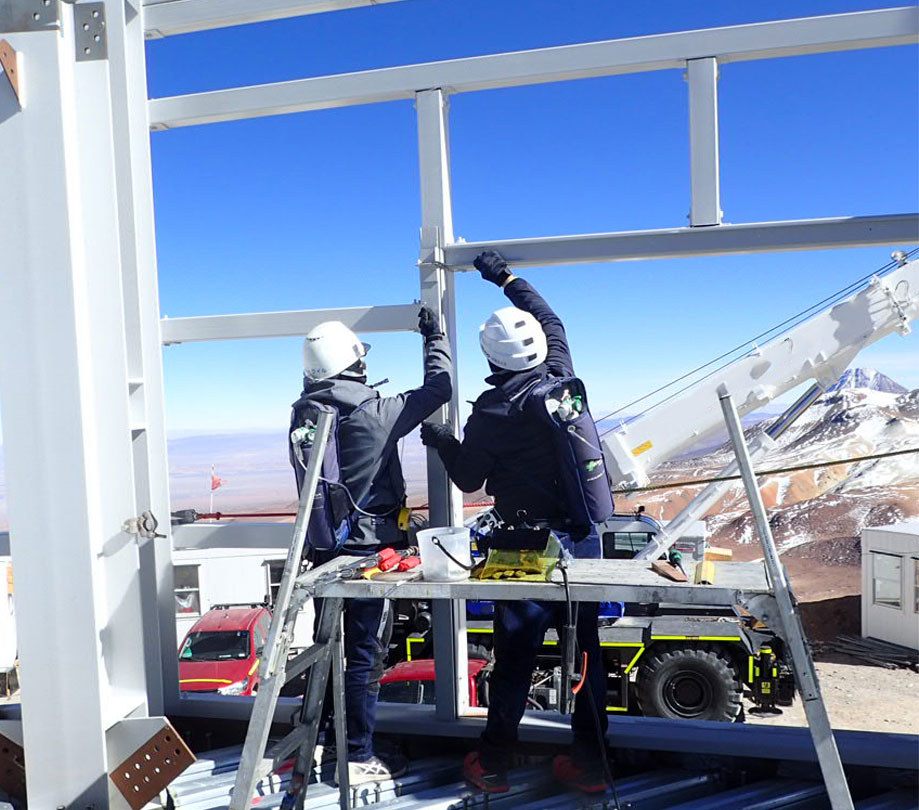
Cerro Chajnantor construction challenges
- Construction at the TAO telescope summit required adherence to Chile's stringent high-altitude work regulations, including mandatory oxygen use and medical checks.
- Approximately 350 workers from Chile and Japan were involved, equipped with oxygen cylinders due to the low oxygen levels at 5,640 meters above sea level, where the miniTAO telescope experience from 2009 was utilized.
TAO site capabilities
- TAO's high-altitude, arid location enables observation of near-infrared to mid-infrared light (0.9 to 30 microns), which is typically absorbed by Earth's atmosphere and inaccessible to ground-based observatories.
- This capability allows for detailed studies of distant galaxies, celestial phenomena obscured by cosmic dust, and star and planet formation processes, offering insights into the origins and evolution of the universe.
Astronomical and geographical significance
- Positioned in the Southern Hemisphere, TAO complements Northern Hemisphere telescopes like Subaru by observing celestial bodies not visible from northern locations.
- TAO collaborates with other observatories in the Atacama region, such as ALMA and Subaru, to enhance research through varied wavelength observations, expanding the scope and depth of astronomical research.
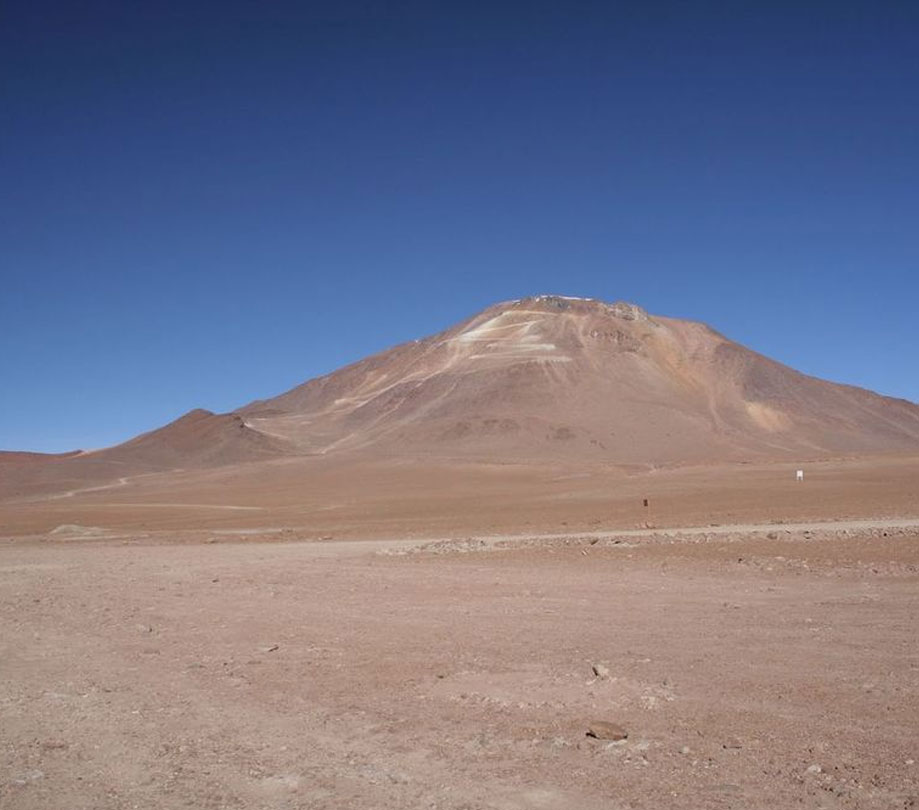
Scientific observations at TAO are slated to start in 2025
- Initial observations will involve personnel using oxygen support at the summit, with later observations transitioning to the base facility in San Pedro de Atacama or remotely from the Institute of Astronomy at the University of Tokyo.
- This phased approach ensures comprehensive exploration and continuous study, promising groundbreaking discoveries in astronomy.

TAO telescope site ceremony overview
A significant ceremony marking the completion of the University of Tokyo Atacama Observatory (TAO) telescope site was held at the Hotel Marriott Santiago. The event saw attendance from approximately 202 key figures, including representatives from the University of Tokyo, the Japanese Ministry of Education, Culture, Sports, Science and Technology, various Chilean ministries, the Embassy of Japan in Chile, and numerous Japanese corporations.
Speakers
The ceremony featured speeches from several notable guests, including the Chilean Minister of Science, Technology, Knowledge and Innovation, the Director General of the Science, Energy, Education, Innovation and Astronomy Division of the Chilean Ministry of Foreign Affairs, the Japanese Ambassador to Chile, the Vice Minister of Education and Science of Japan, and the President of the University of Tokyo.
Reception
Following the formal proceedings, a reception party commenced, highlighted by a greeting from the Chairman of the Japan-Chile Parliamentarians for Friendship. The festivities included a traditional Kagami-biraki (sake barrel opening) led by the Executive Officer of Nippon Express Co., Ltd. Midway through the event, the President of the University of Tokyo presented letters of appreciation to key contributors like Nishimura Manufacturing Co., Ltd., Nippon Express, MOVITEC, and the University of Arizona, recognizing their significant roles in the development and construction of the TAO telescope site.
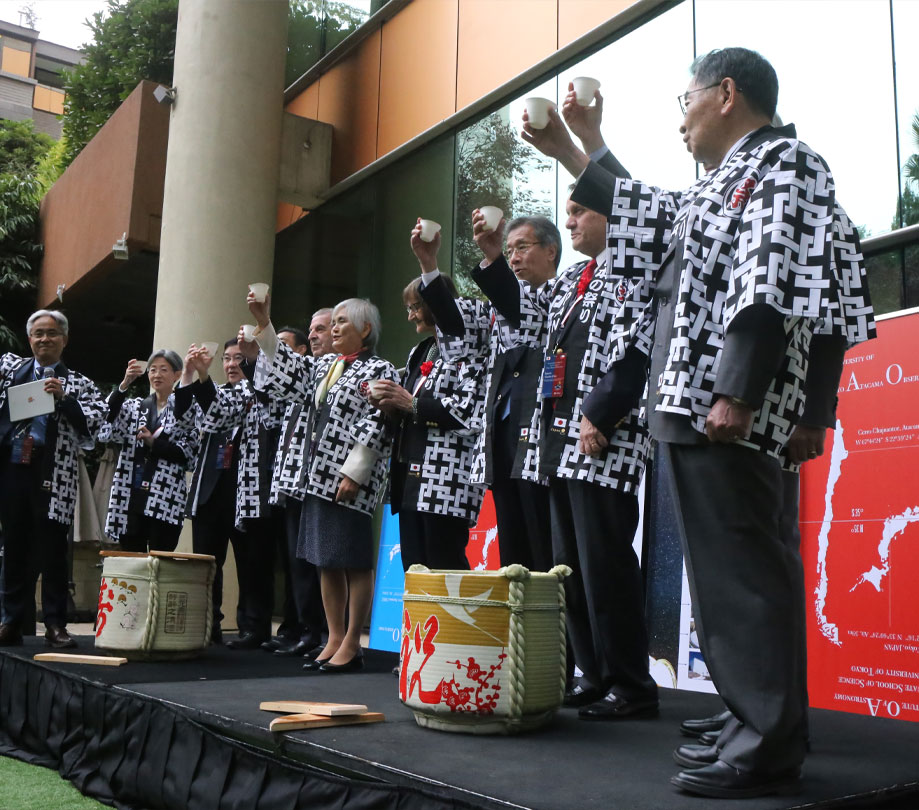
ScopeTrader's latest survey
Featured Stories

Stay Updated
Sign up for our newsletter for the headlines delivered to youSuccessFull SignUp

|



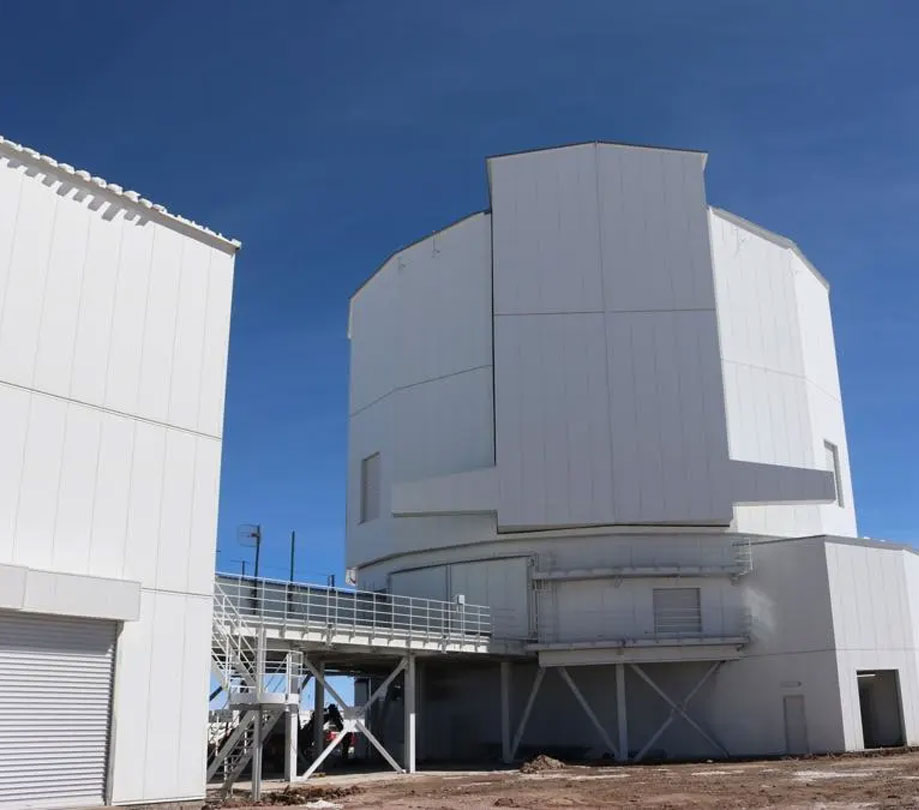

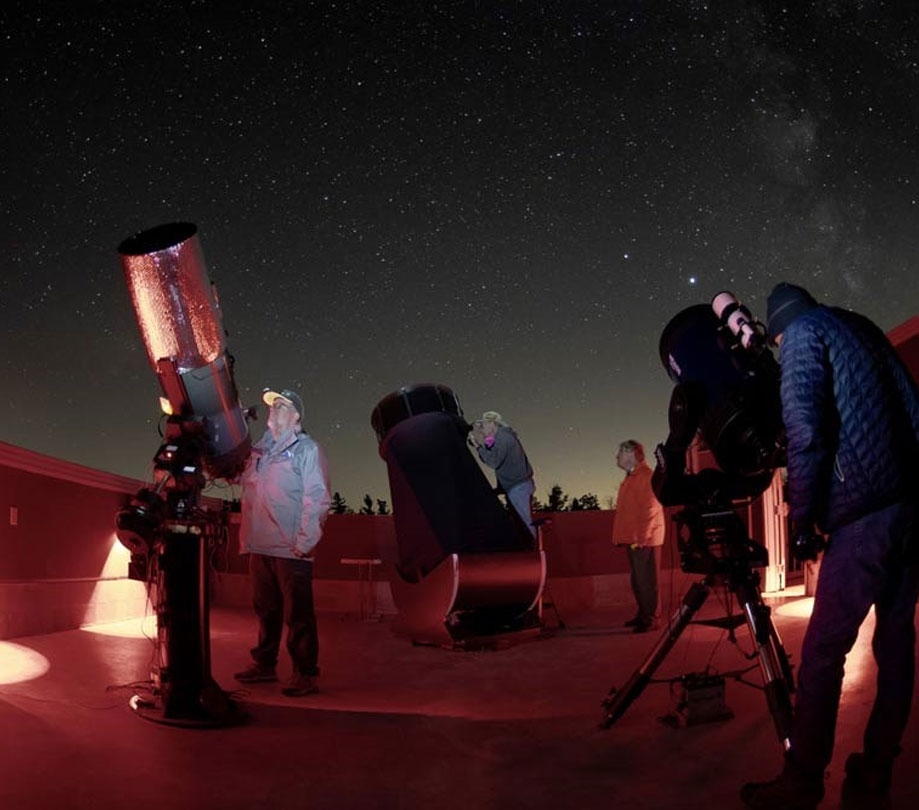
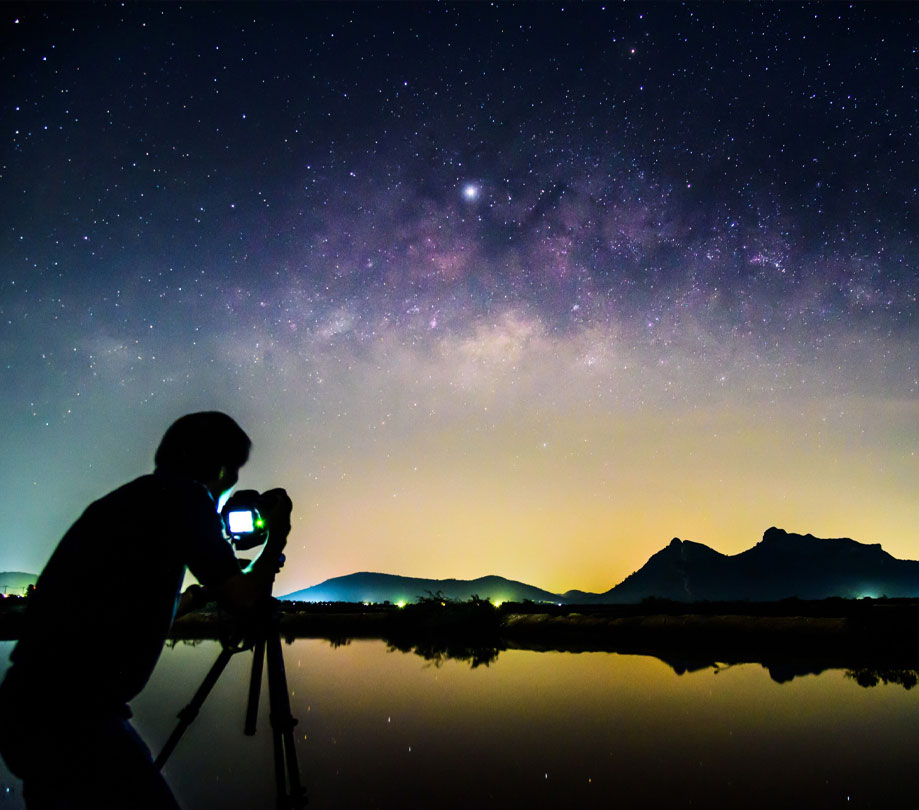
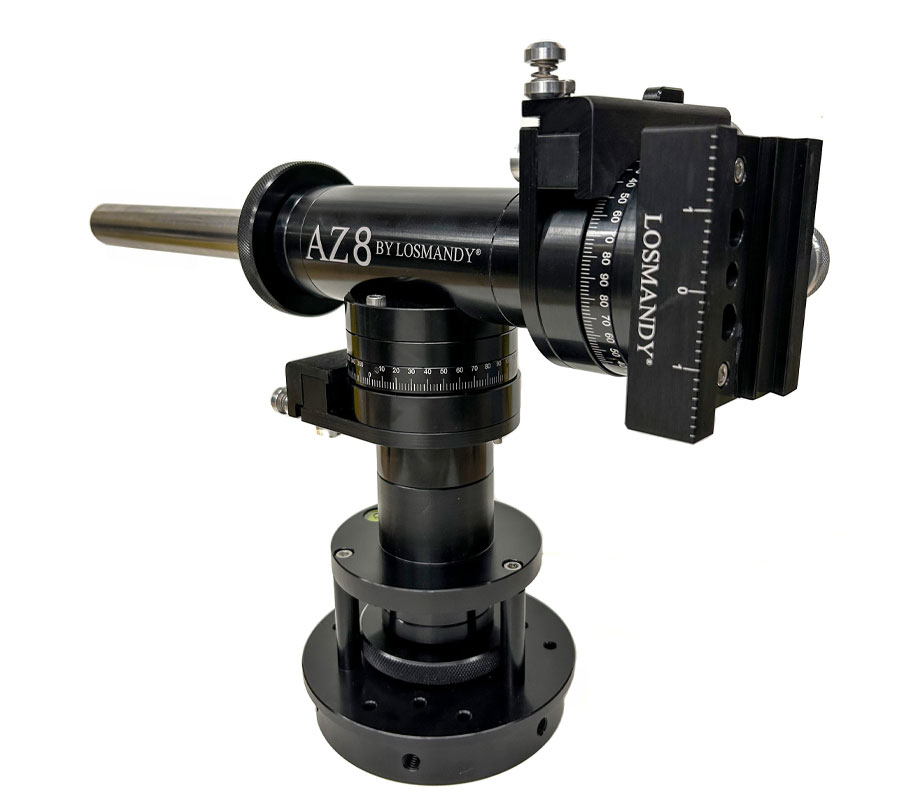
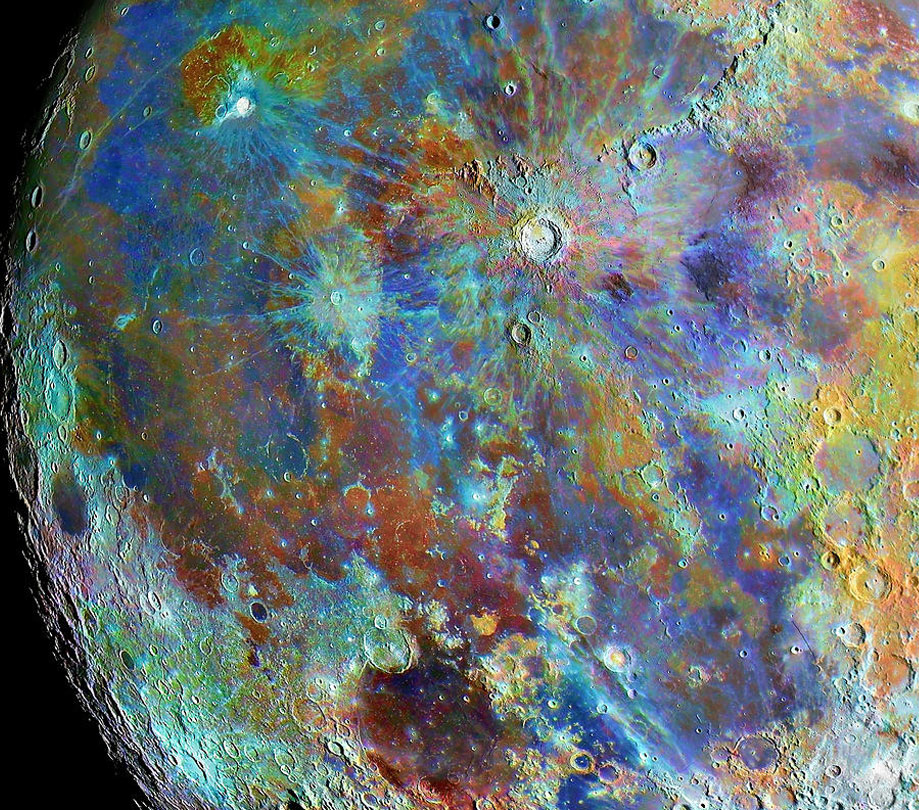
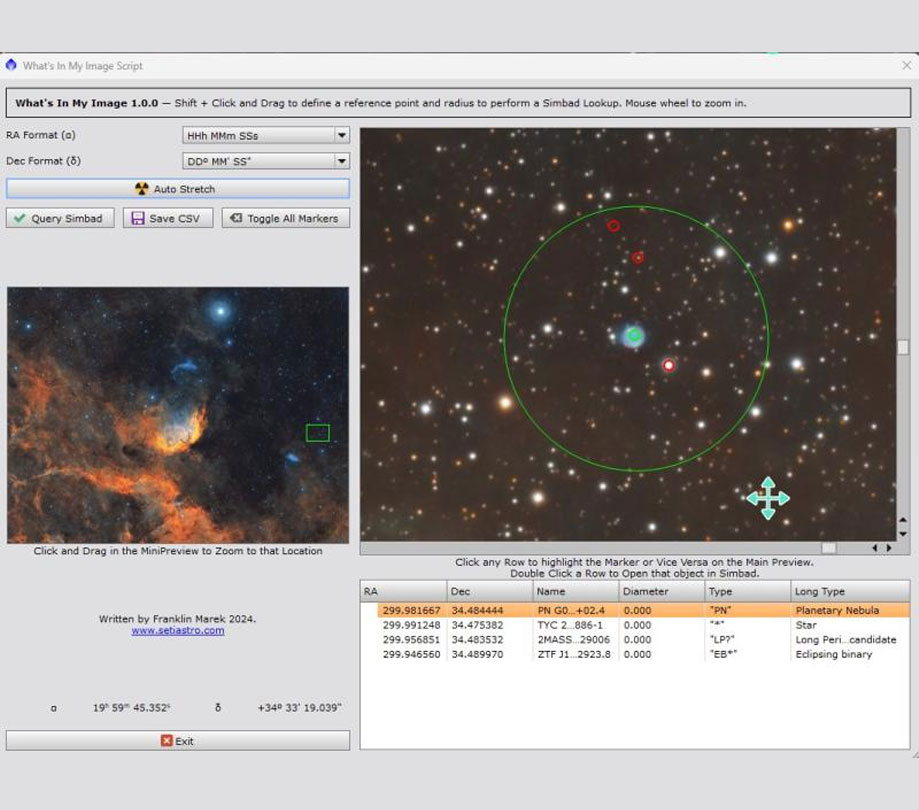
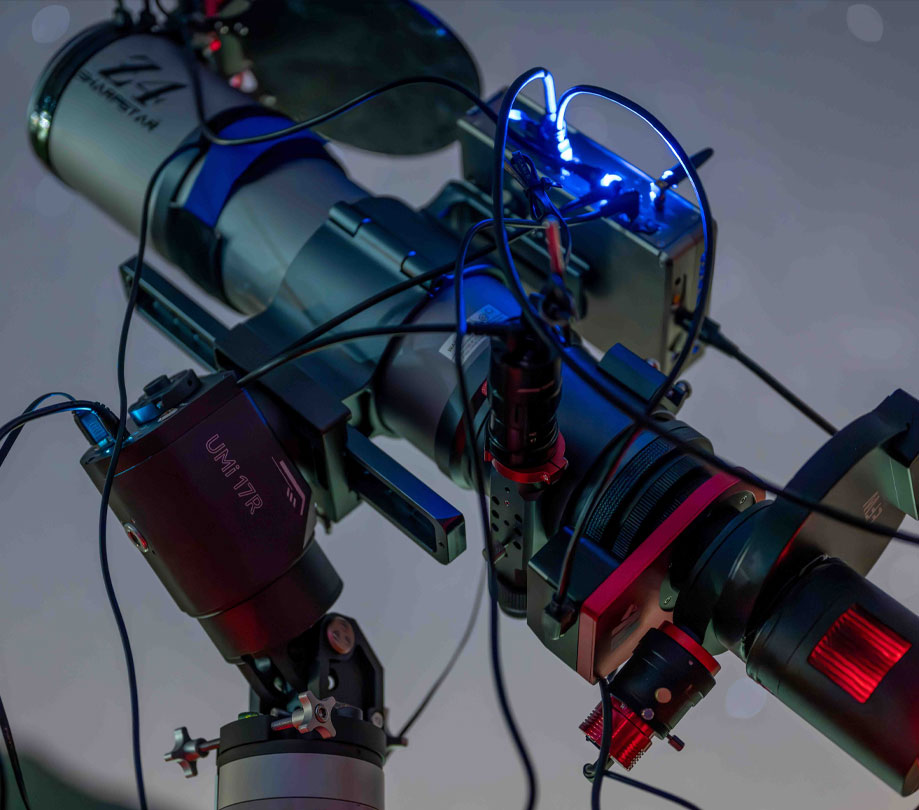
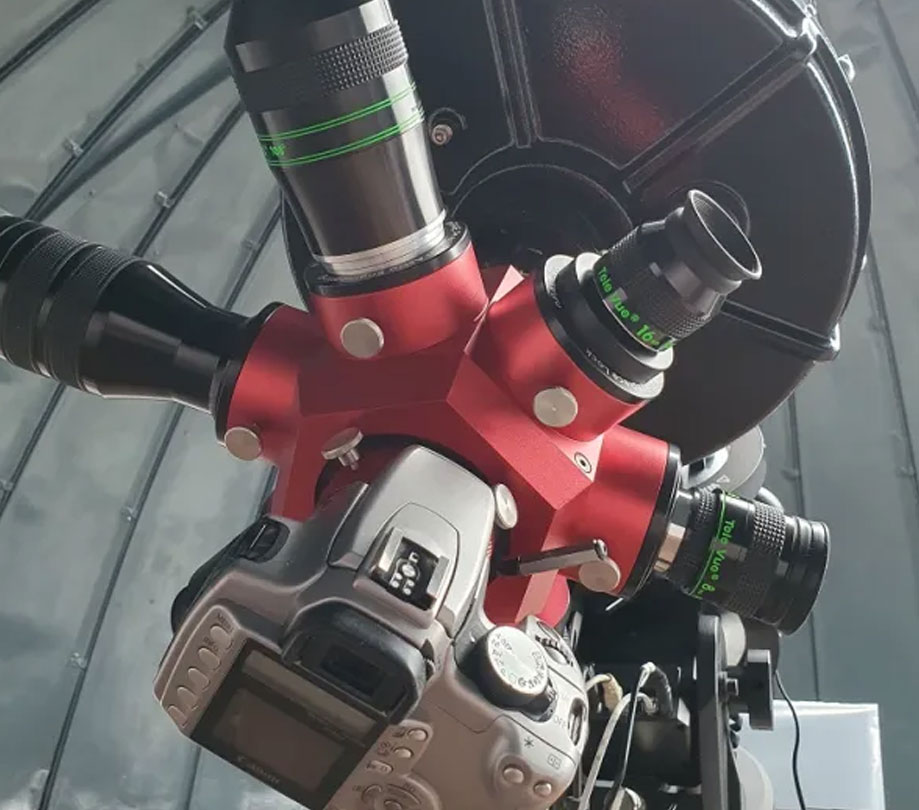
Comments